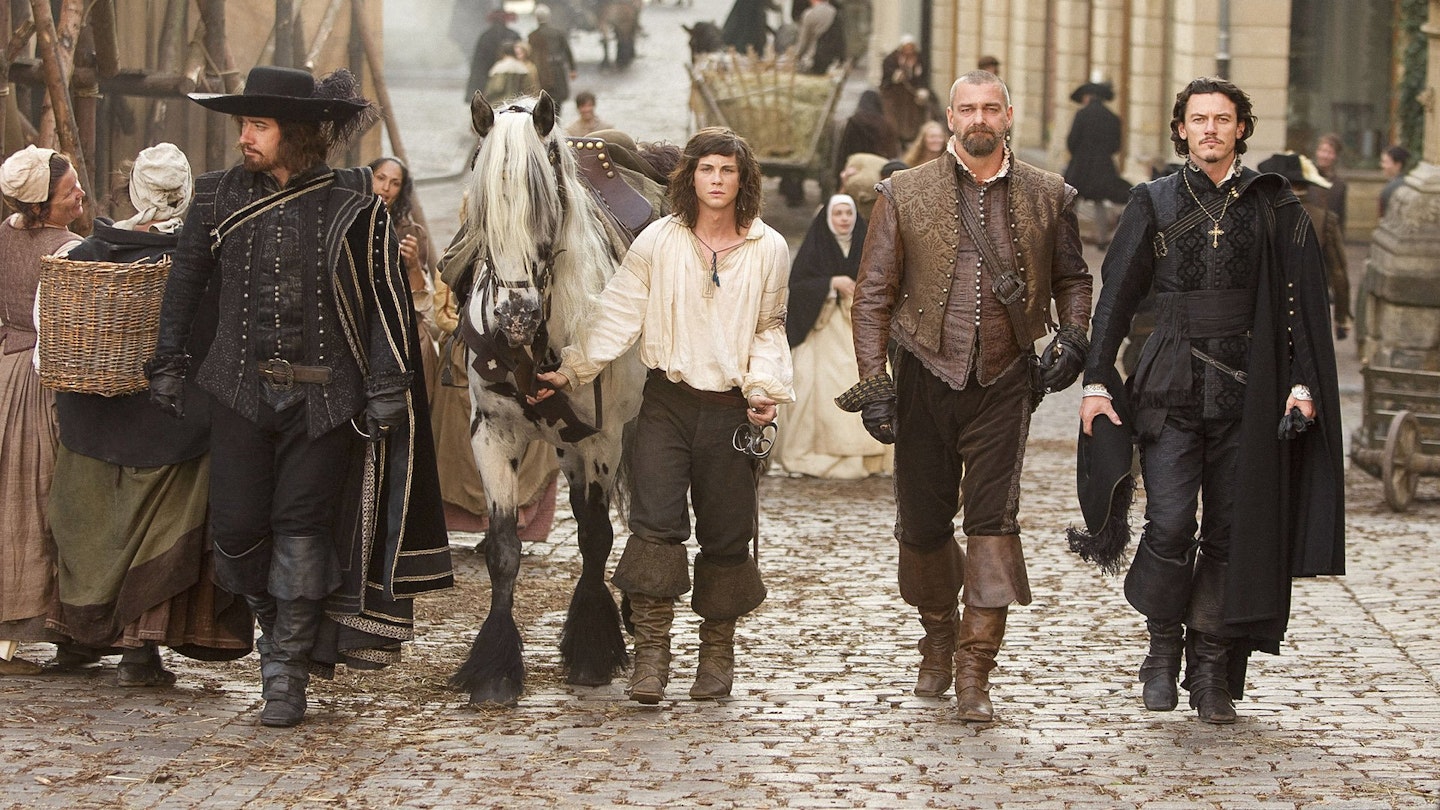Alexander Dumas’ The Three Musketeers has made it to the screen many times through the years, with varying levels of success and degrees of fidelity to the source. Here, we gather together the biggest, non-silent English language versions – from 1948, 1973, 1993 and 2011 – and compare and contrast the casts that brought them to life.
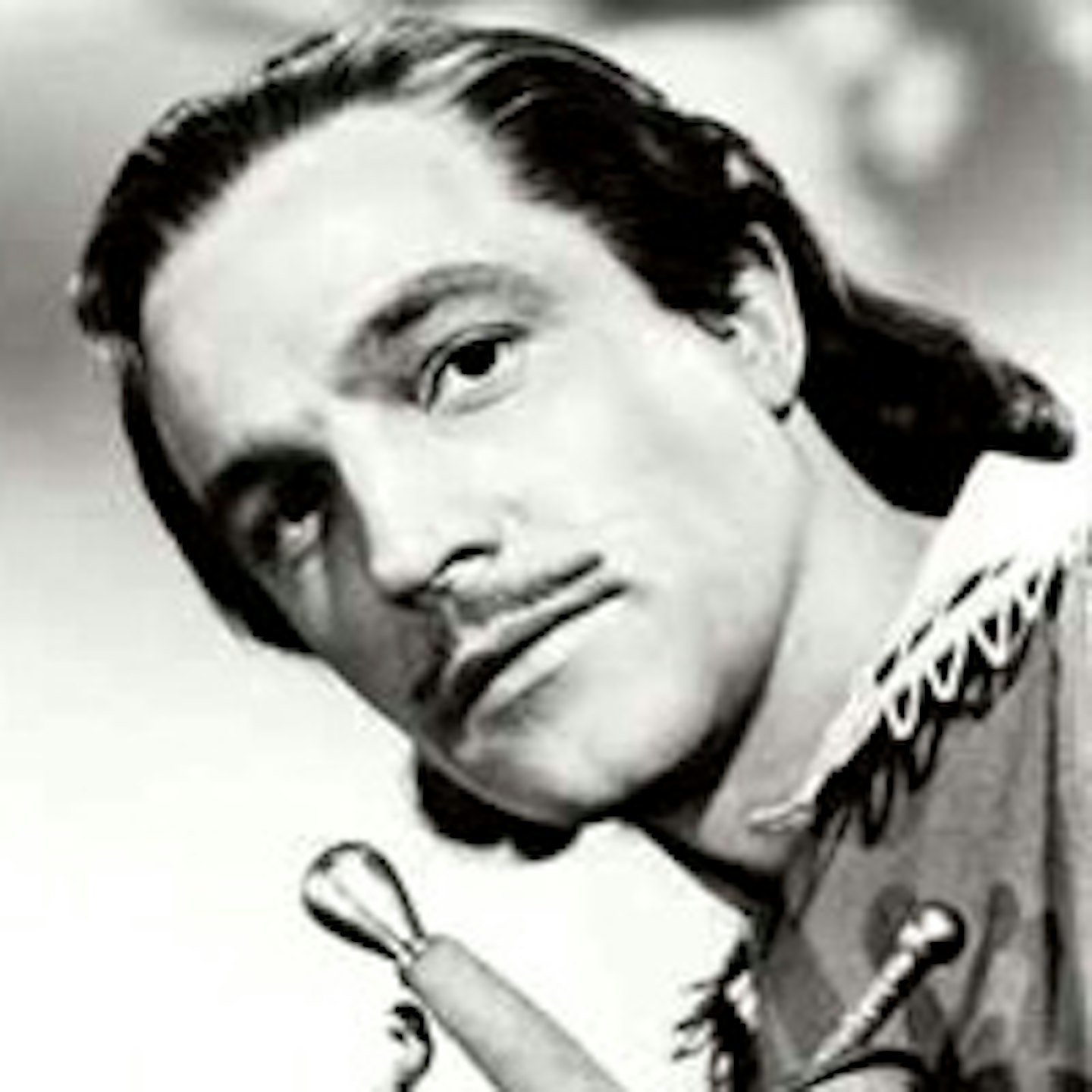

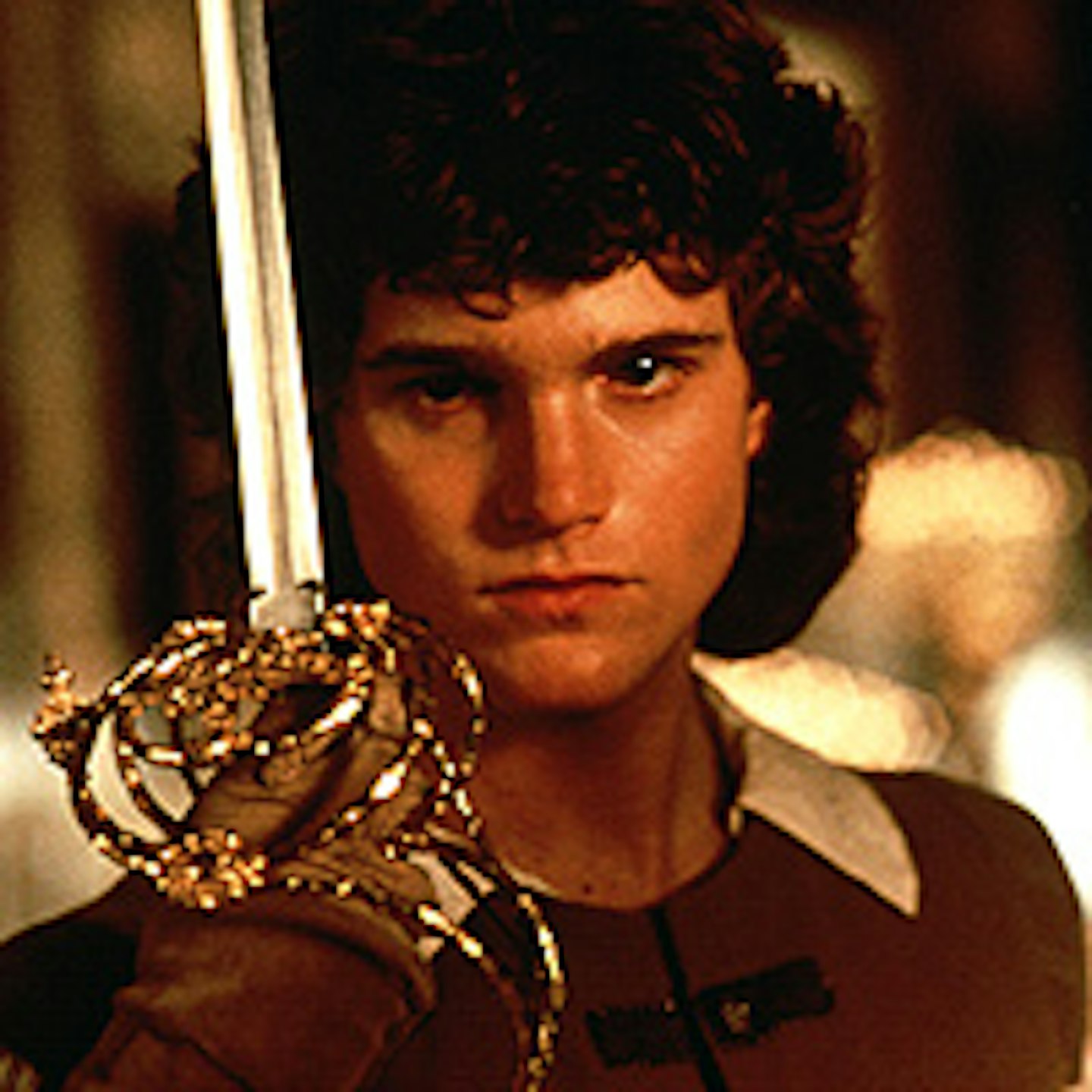
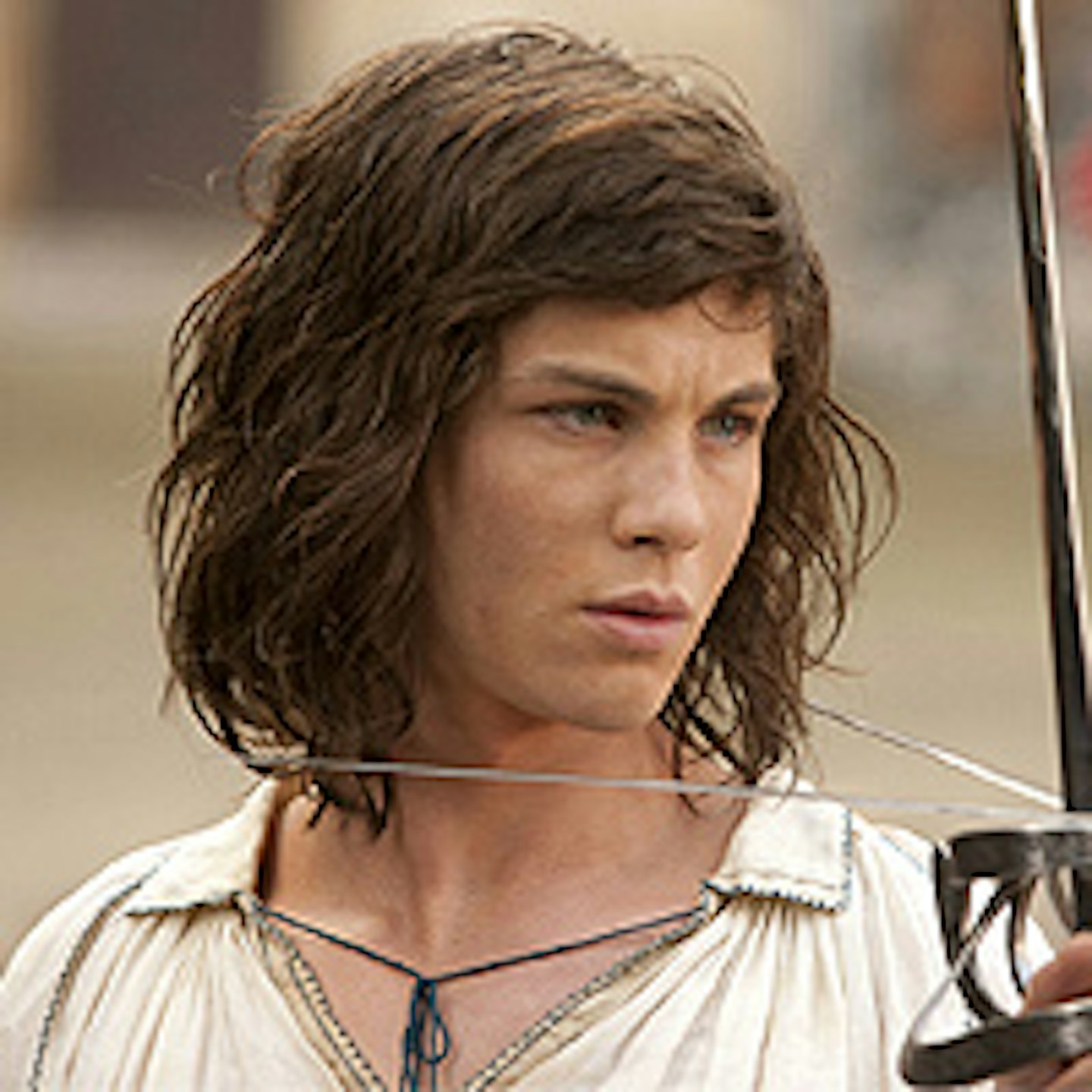
2011 Logan Lerman Who is he?
The focus of Dumas’ novel and the way in to most of the films to an audience unused to Musketeers, D’Artagnan is young, hot-headed but also a legitimately talented fighter who idealistically sets off to join the Musketeers (a group of Royal guards armed with, amongst other things, muskets) but immediately embroils himself in trouble. Like, three-duels-in-a-day-followed-by-nation-shaking-political-intrigue trouble.Any basis in fact?
Charles Ogier de Batz de Castelmore, Comte d'Artagnan, joined the Musketeers in 1632 and rose through the ranks, becoming effective Commander of the re-formed Musketeers by 1667 under Louis XIV. He was involved in the arrest and imprisonment of Louis XIV’s notorious finance minister Fouquet, who may have been the real “man in the iron mask”. He died at the Siege of Maastricht in 1673.
***Who played him best? ***
Gene Kelly’s probably the best looking of the bunch and certainly has the best footwork among the contenders – as you’d expect from a dancer. York is best at projecting D’Artagnan’s relative innocence and rash, unthinking heroism, while O’Donnell does well at his idealism. Lerman gets relatively little screen time devoted to character development, but manages the combination of cockiness and inexperience nicely. Overall, York is our favourite – he’s the funniest by quite some distance, but handles tragedy just as well.
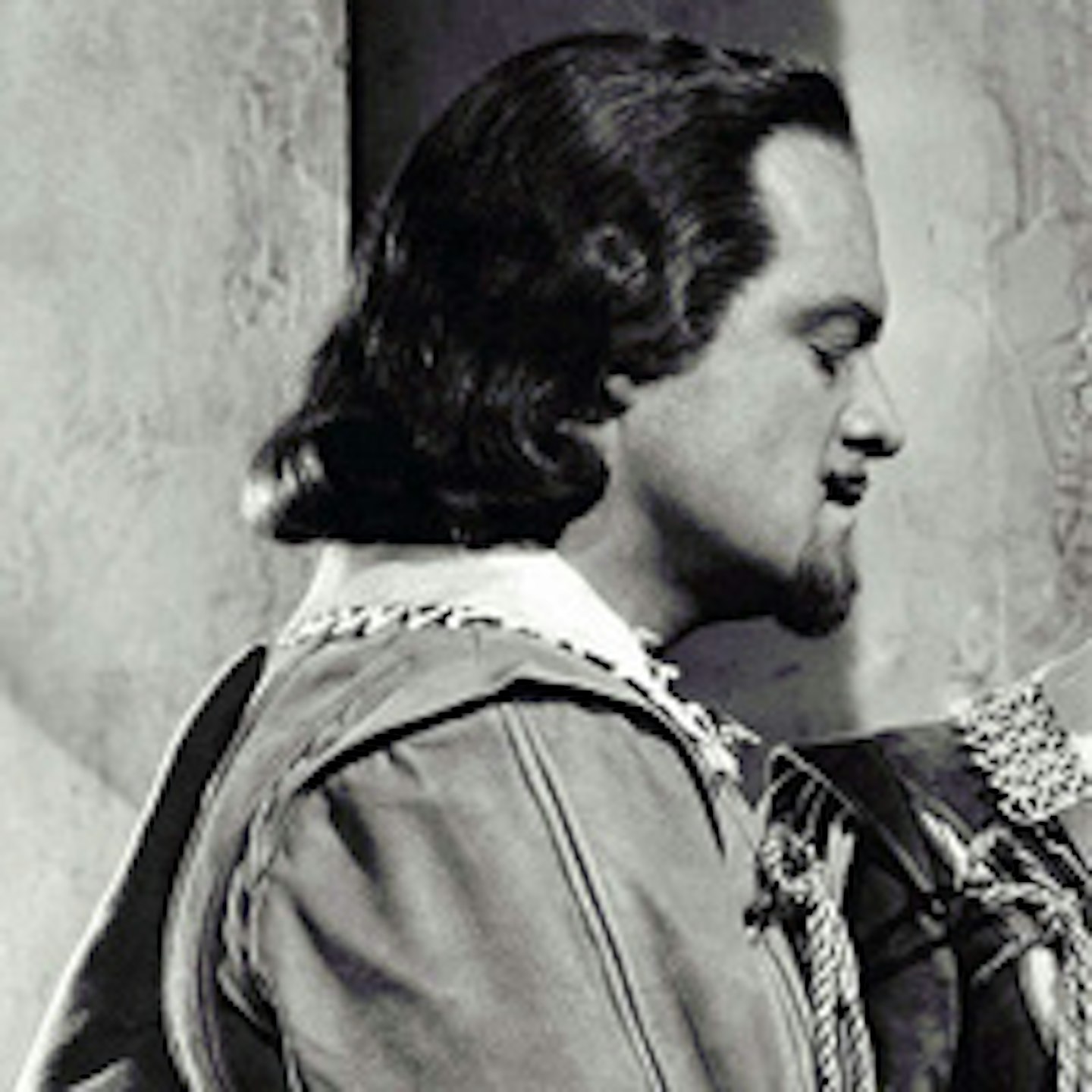
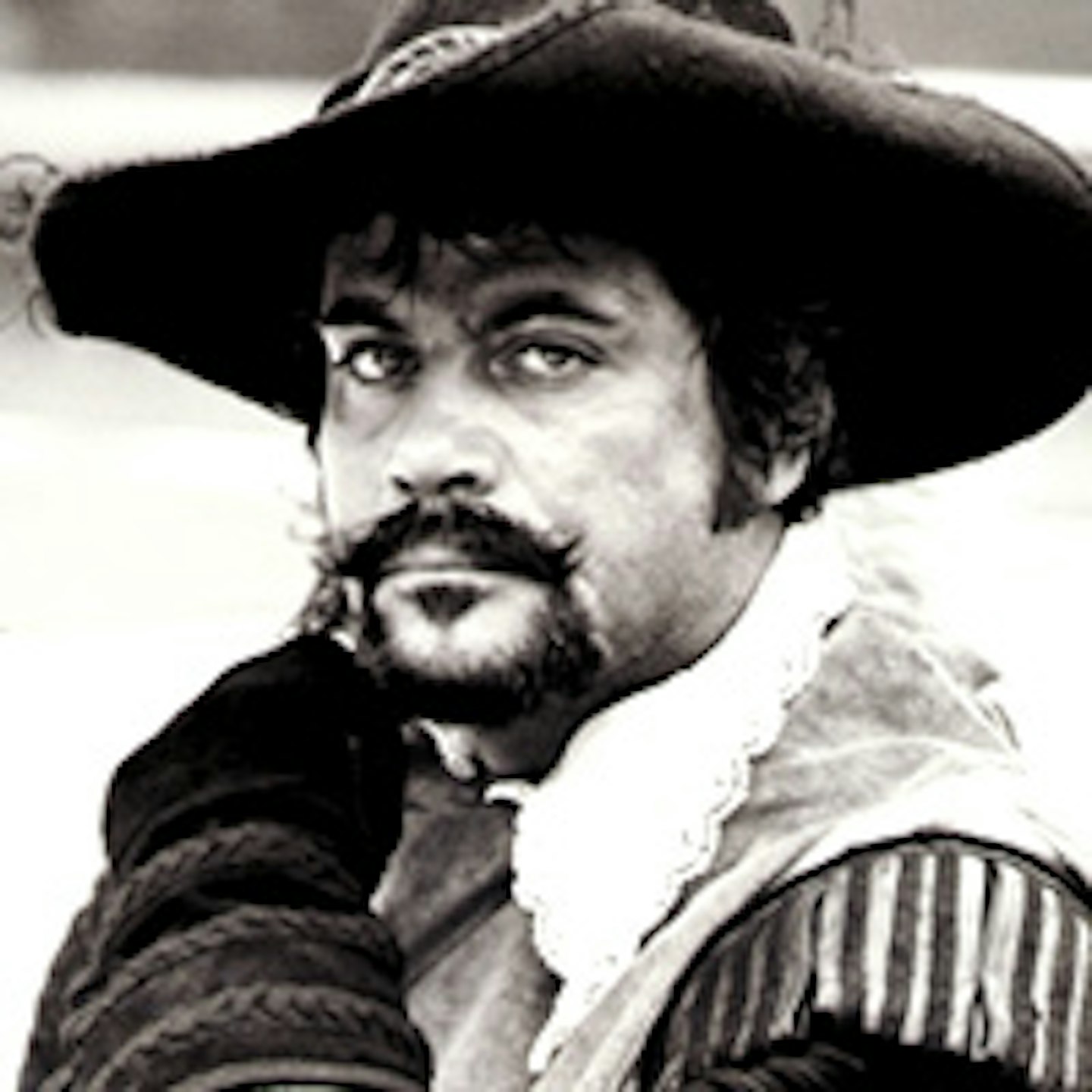
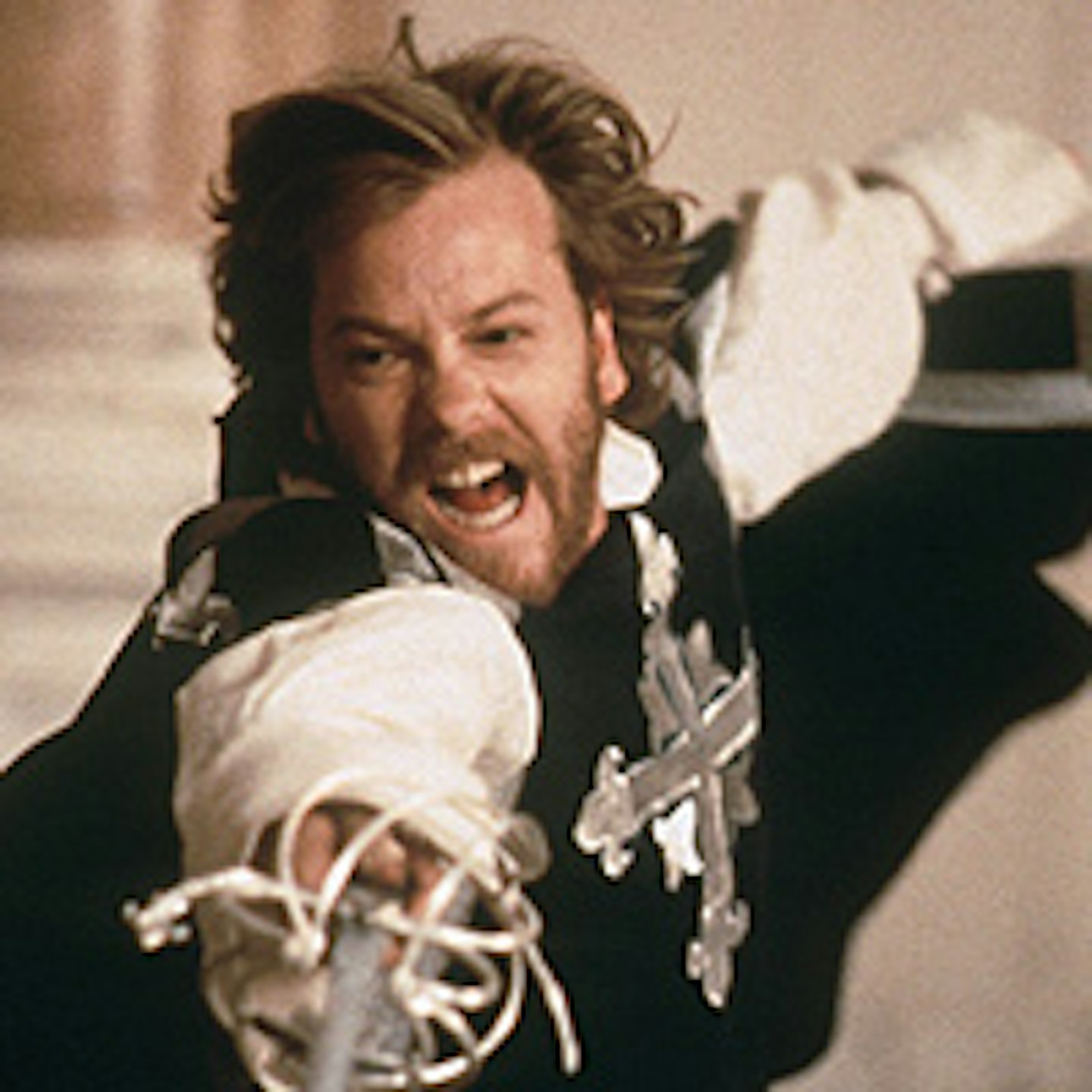
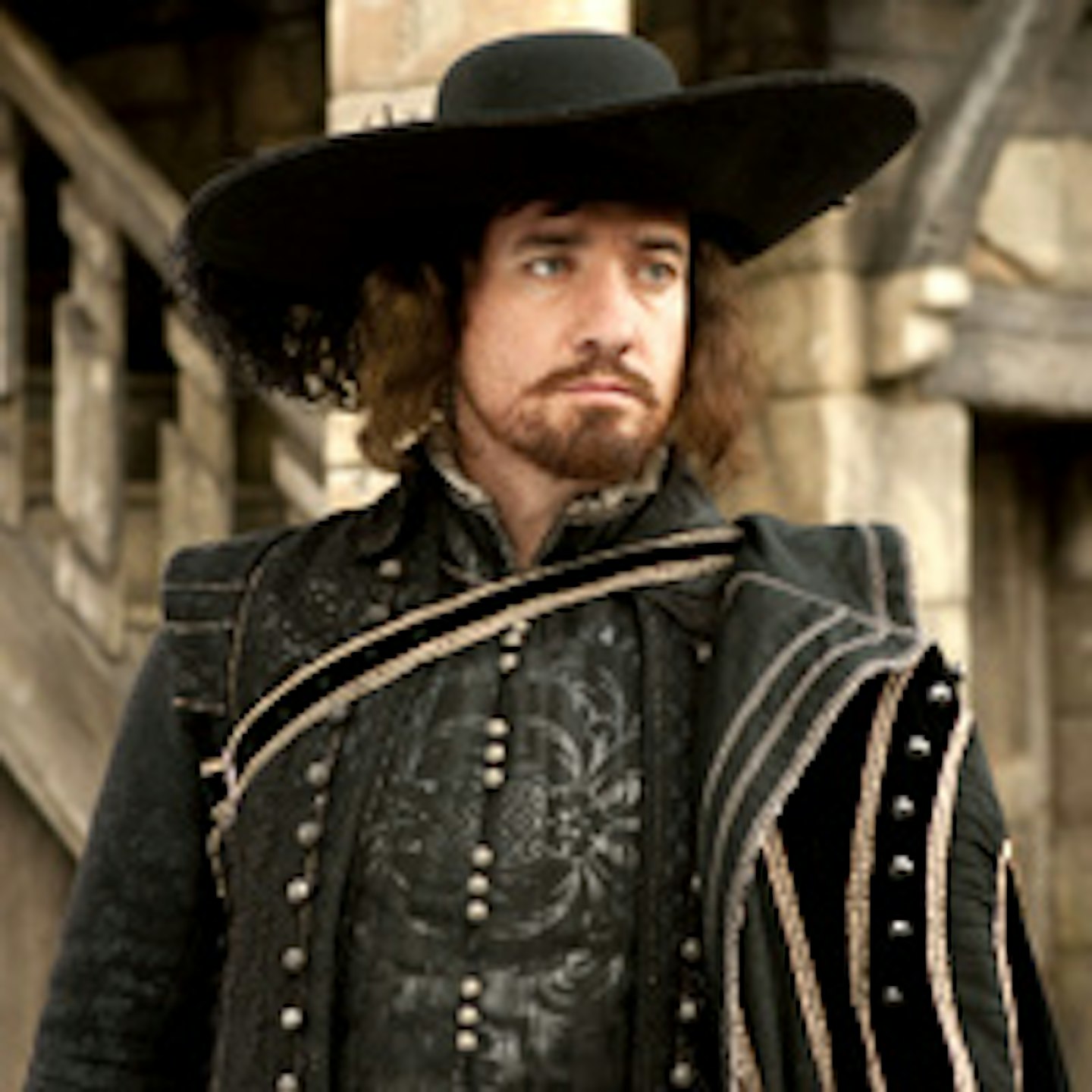
2011 Matthew McFadyen **Who is he? **
Athos is the strong, silent leader of this trio, a sort of core group within the Musketeers and, it is implied, the best of the best among their number. Prone to dark moods, quick flashes of temper and drink, he’s also noble, heroic and all that good stuff.Any basis in fact?
Well, he’s sort of loosely connected to Armand d’Athos, who was a friend of the real d’Artagnan and a Musketeer. But the real-life version was younger than d’Artagnan, joined the Musketeers after him and died only 3 years later, so it’s fair to say that some dramatic licence was involved.
**Who played him best? **
It’s a deceptively difficult role, this, because you can all too easily totter from “tragic hero” into “sullen bastard”. Both Van Helfin and Reed sometimes teeter on the edge, but generally pull it back, while MacFadyen is given almost no chance to speak up at all, in a script which squeezes the Musketeers out to an afterthought and limits his chances to shine. Strange as it may seem, our favourite here is a toss-up between the growling Reed and the surprisingly good Kiefer Sutherland, who gets considerable story focus and does the whole noble / tortured thing nicely.
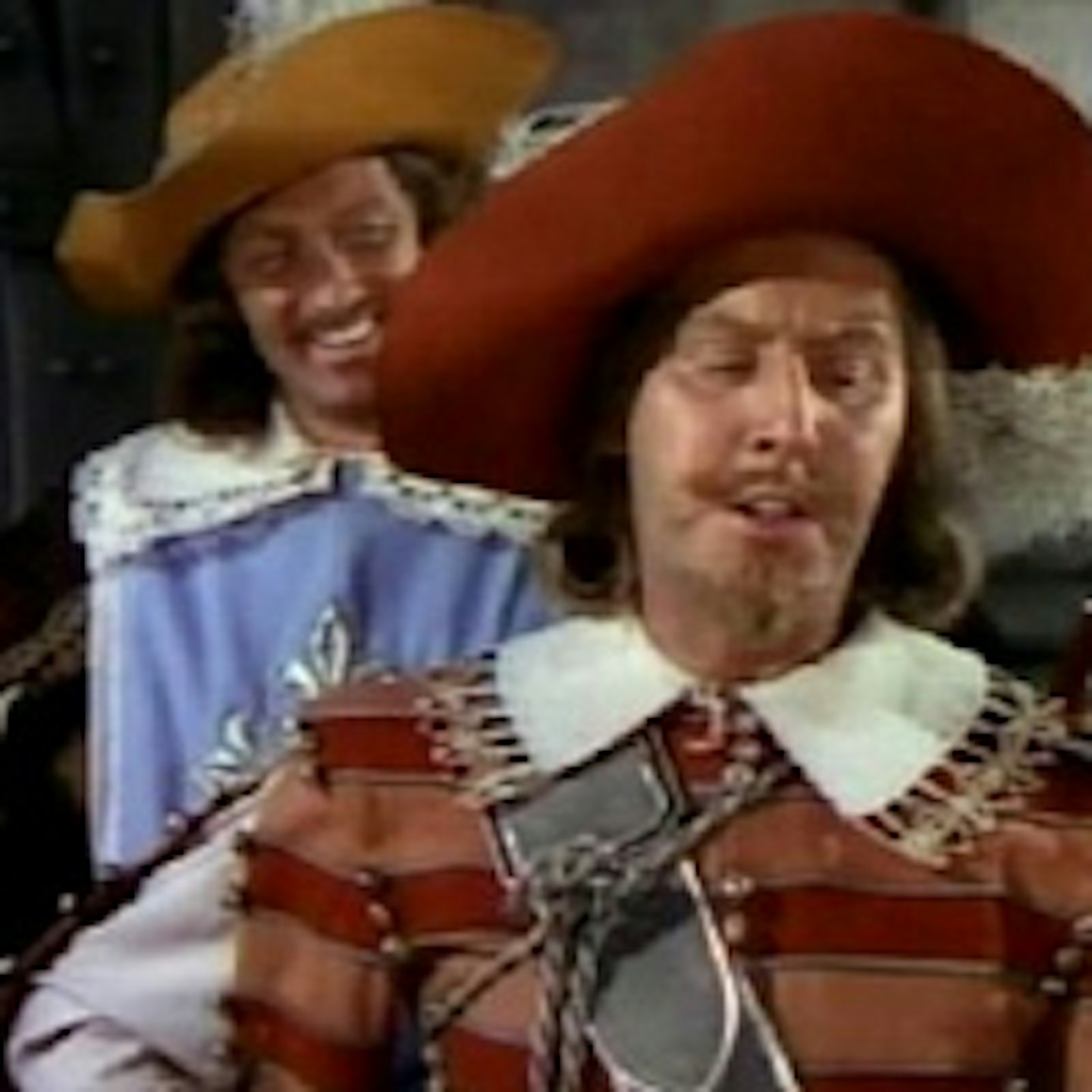
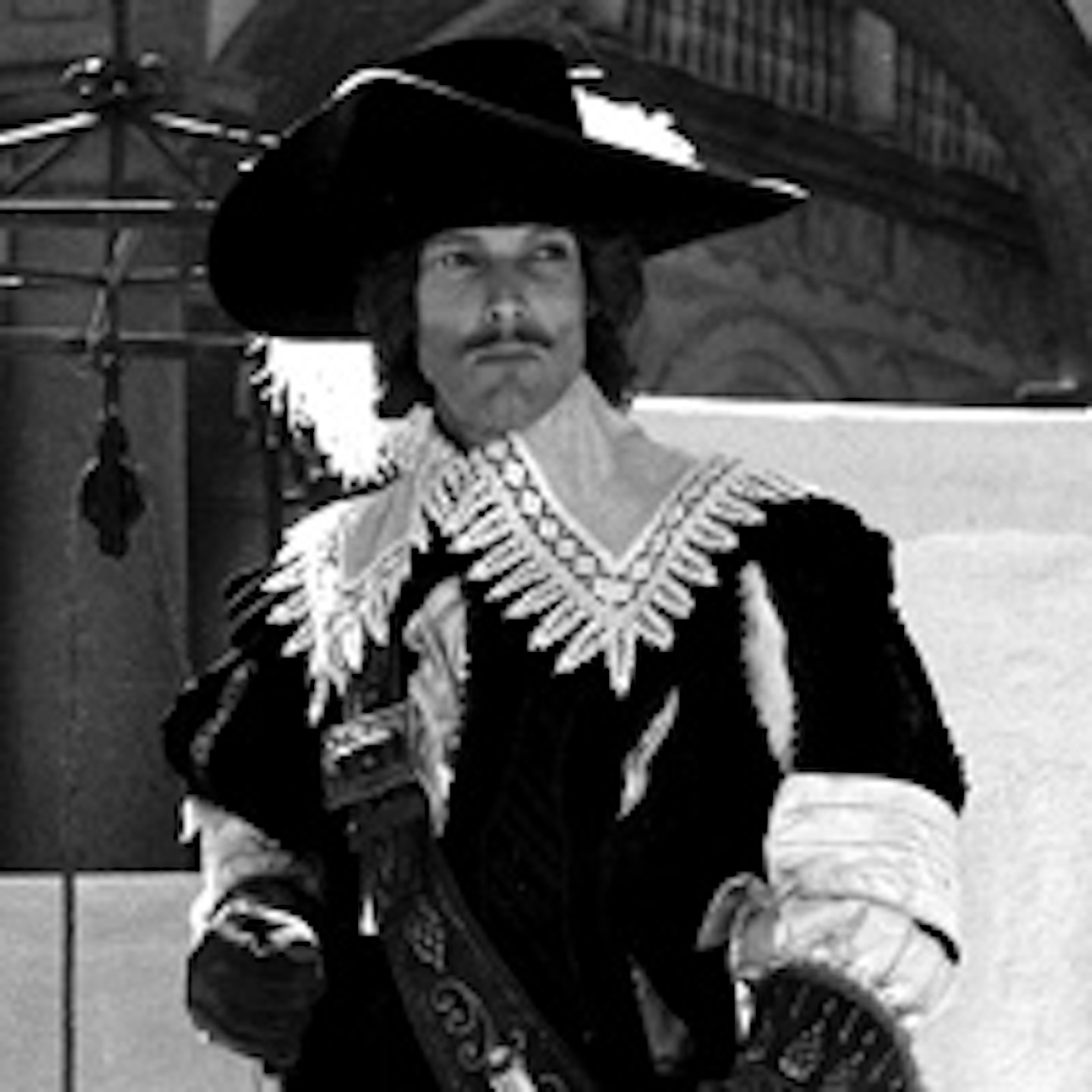

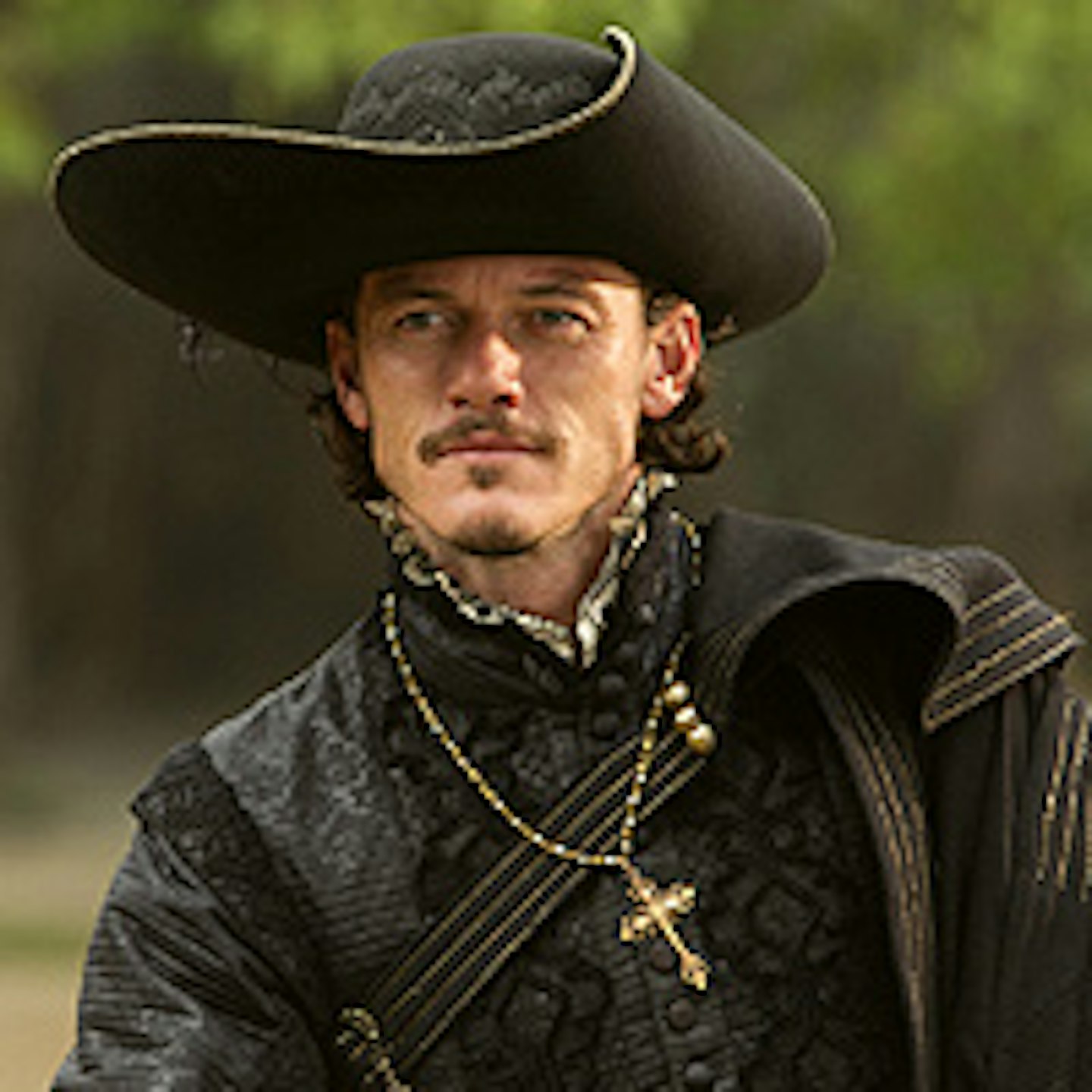
2011 Luke Evans Who is he?
He’s more-or-less Athos’ second in the Musketeers, a man who combines a pious nature and philosophical turn with an insatiable appetite for the ladies and elegant style. Generally, therefore, he’s either found with his nose in a book or his nose in a - um, let’s not finish that thought; this is a family website.Any basis in fact?
Henri d’Aramitz was a real-life Musketeer, but – like the real Athos – was younger than D’Artagnan. He did become an abbe in later life, but before that was married, unlike his fictional counterpart. That said, they’re both French, so there’s no reason that that should be incompatible with inveterate womanising.
**Who played him best? **
1948’s Robert Coote wasn’t quite pretty enough to play this ladies’ man, and we can discount Charlie “tiger blood” Sheen, whose hair never quite convinced, leaving it a straight race between Richard Chamberlain and Luke Evans. Since the former’s given much more to do and the latter’s given a scene ripping off Assassin’s Creed, we’re going for Chamberlain, with an honourable mention for Jeremy Irons’ older version in The Man In The Iron Mask. Why him? Well, that film’s the only recorded instance of Aramis being vastly more attractive and interesting than Athos, and that’s really rather remarkable.
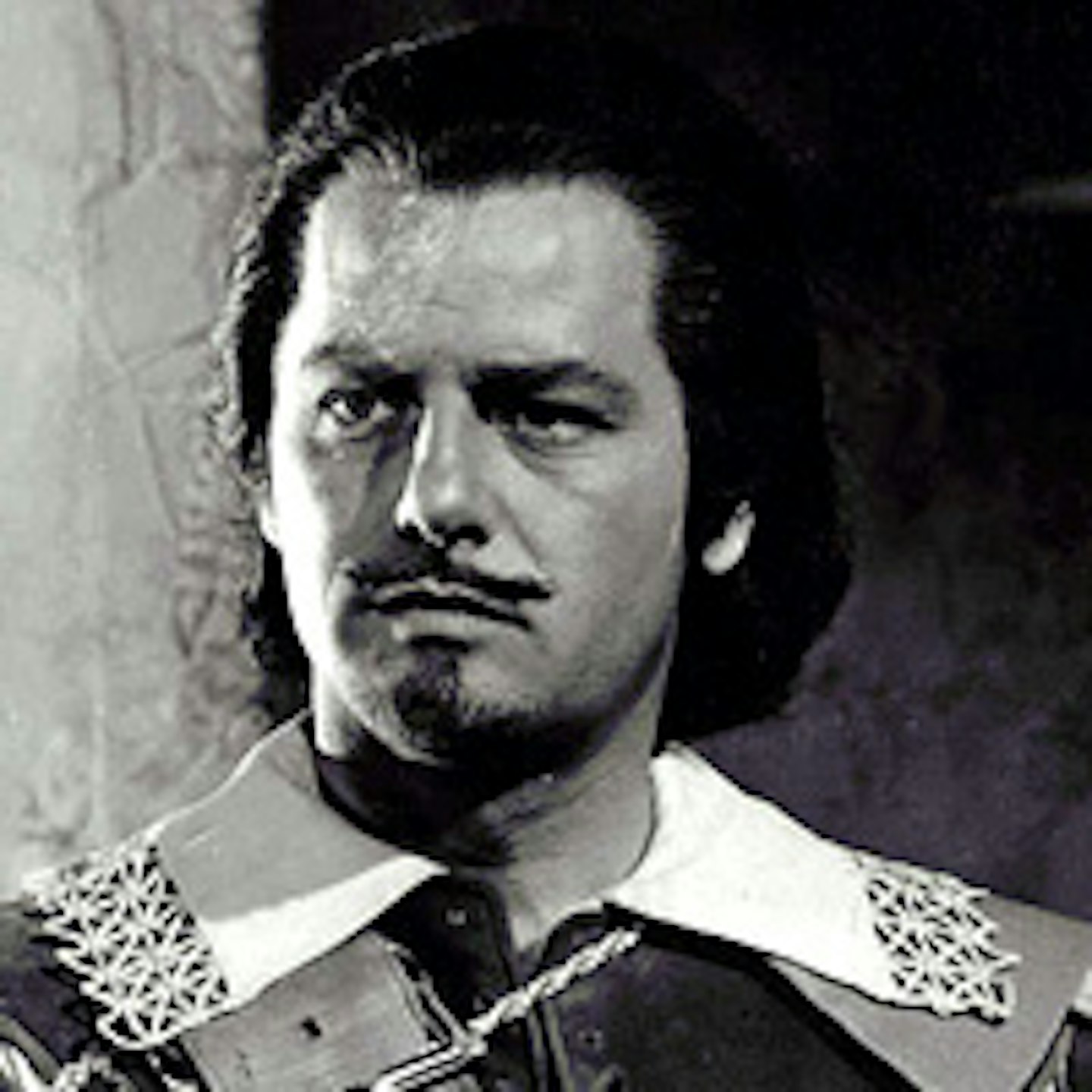
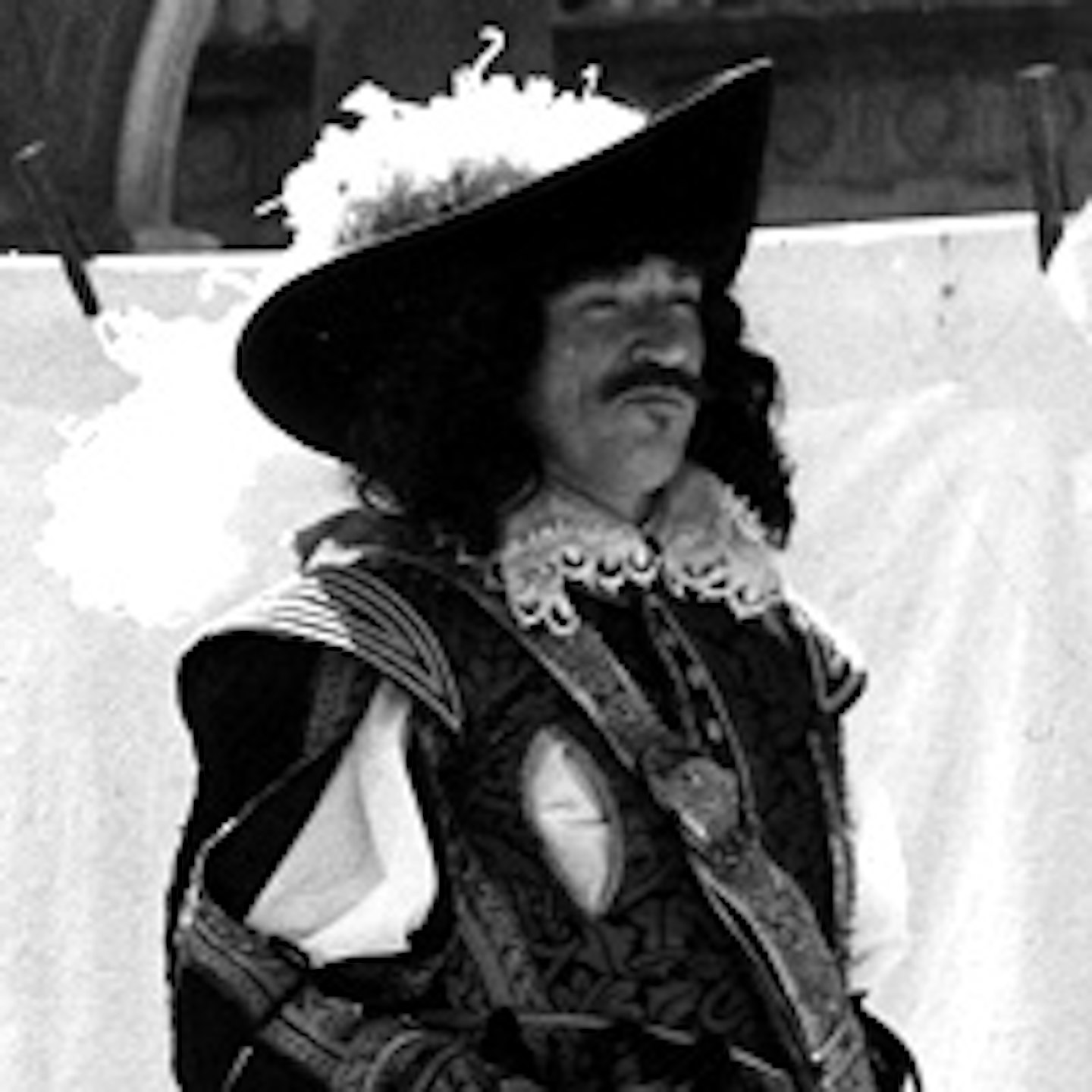
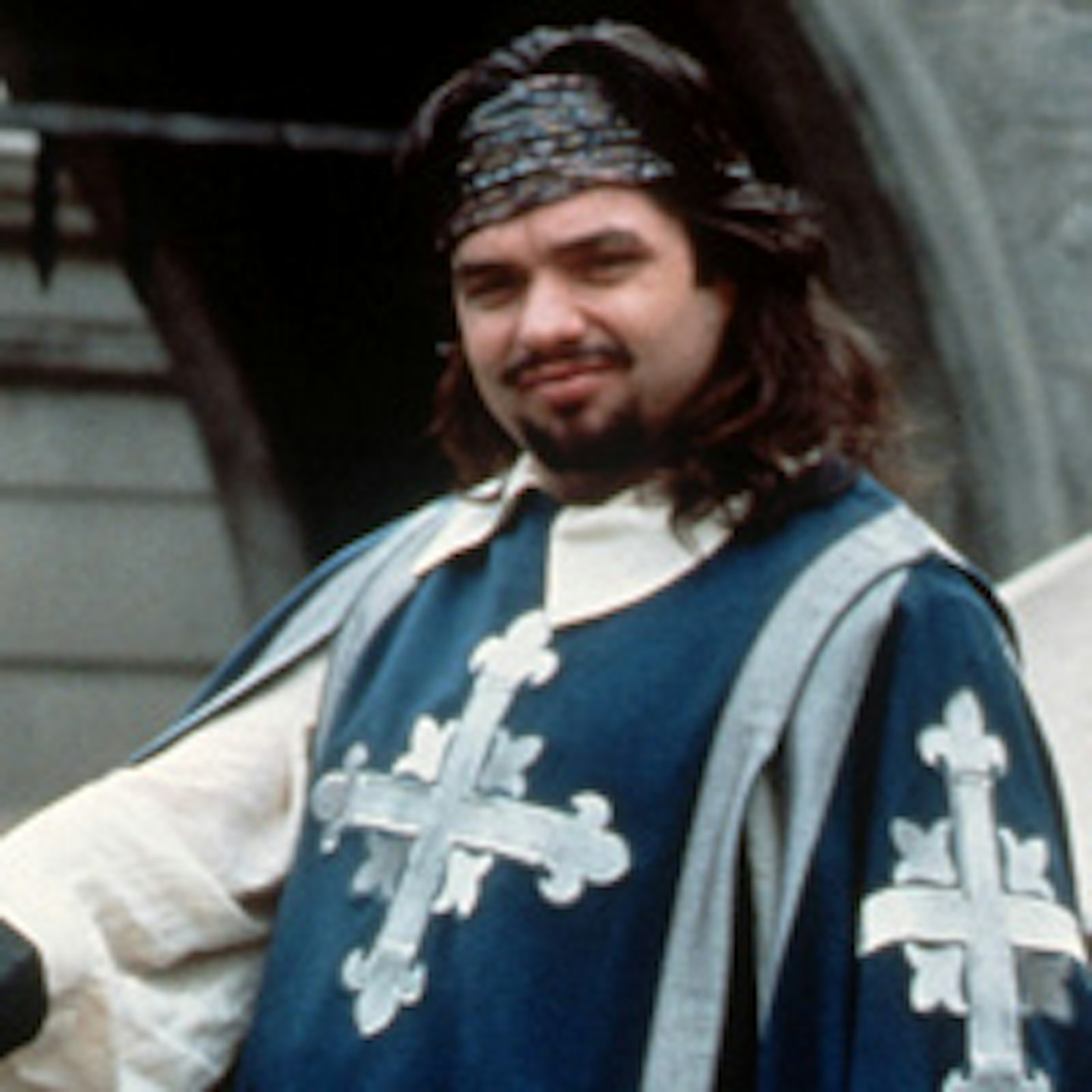
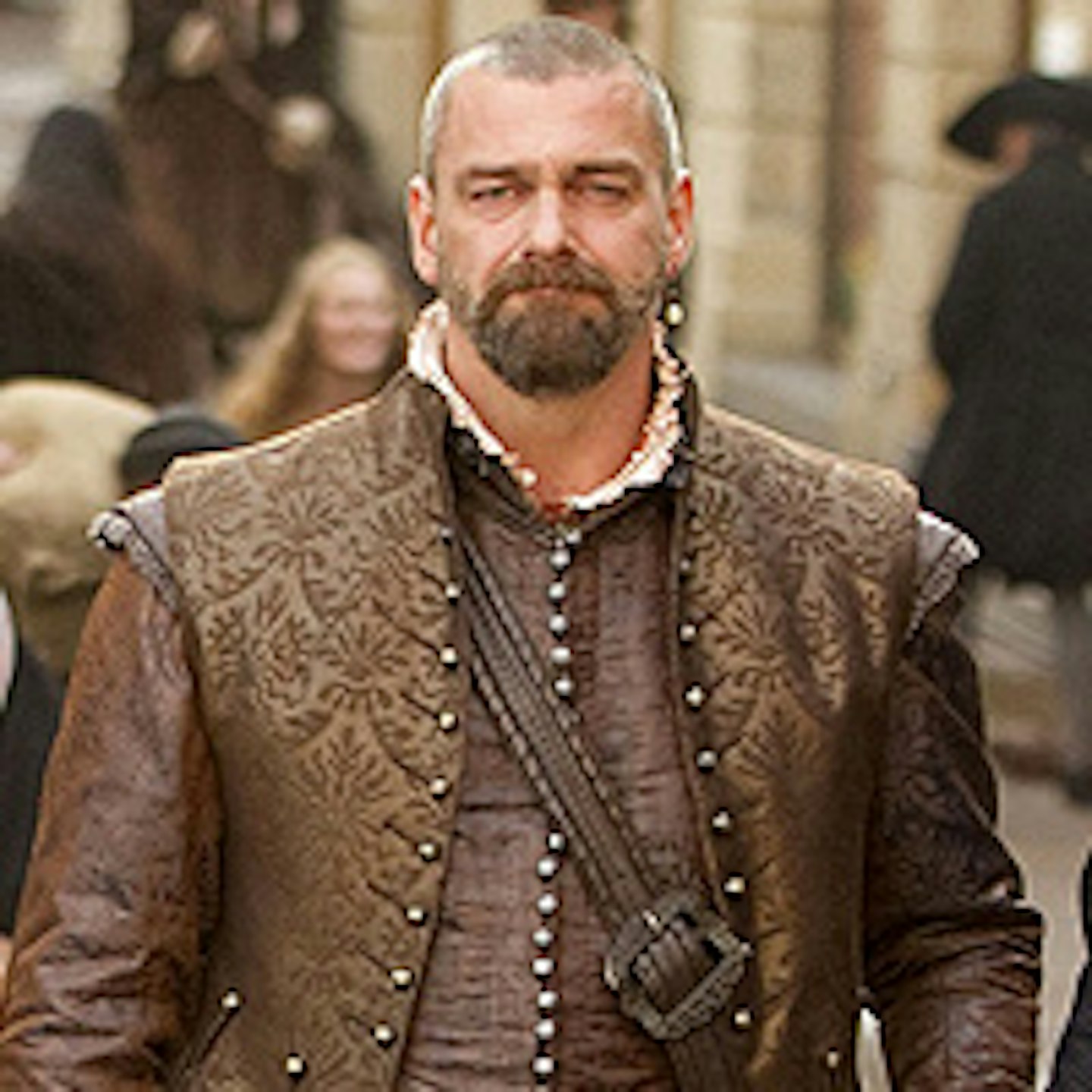
2011 Ray Stevenson Who is he?
The largest of the Musketeers, Porthos has a big appetite for, well, everything. He’s often underestimated by his foes, since he can appear stupid and isn’t as quick on his feet as the other two, relying on prodigious strength rather than fancy fencing. But since he can probably smash you over the head with a nearby table, that’s not much of a disadvantage.Any basis in fact?
Isaac de Porthau was another real person, and another real Musketeer, although his brother Jean may also have contributed to this particular character. Interestingly, Isaac was a cousin of Armand d’Athos and both were related to Aramis through their uncle the Comte de Troisville, who led the Musketeers, so they might actually have hung out together. OMG it's all true!
Who played him best?
Gig Young always seemed like more of an Aramis to us, but he was certainly big and imposing enough; Frank Finlay had a magnificent moustache but was sometimes overshadowed by his more outgoing cast mates; Oliver Platt wasn’t quite physical enough. In this case, we’re actually inclined towards Ray Stevenson’s version, who’s huge and hulking and more than charismatic enough even in the scrap of screentime he’s given. Honourable mention to Gerard Depardieu in The Man In The Iron Mask, who was the drunkest.
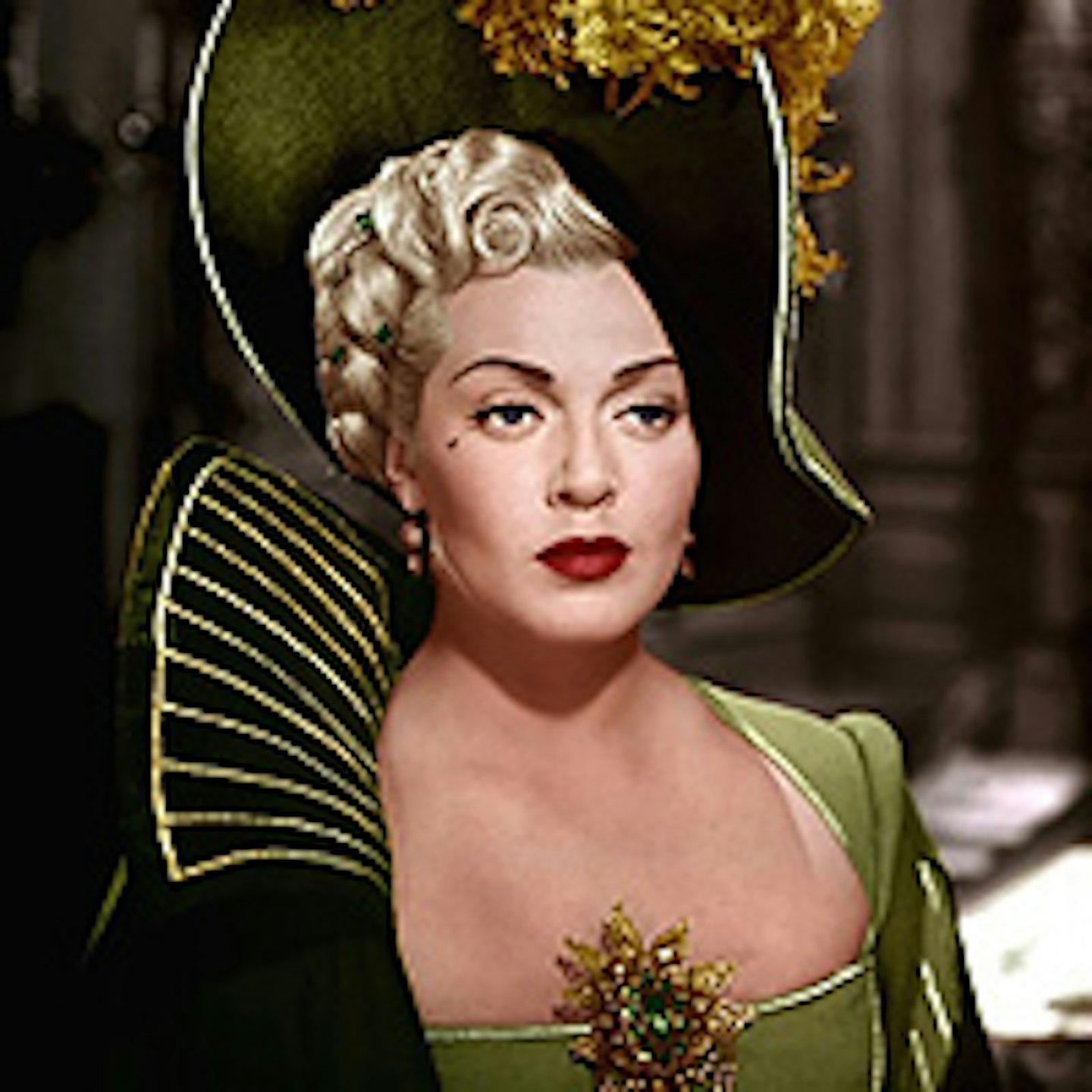
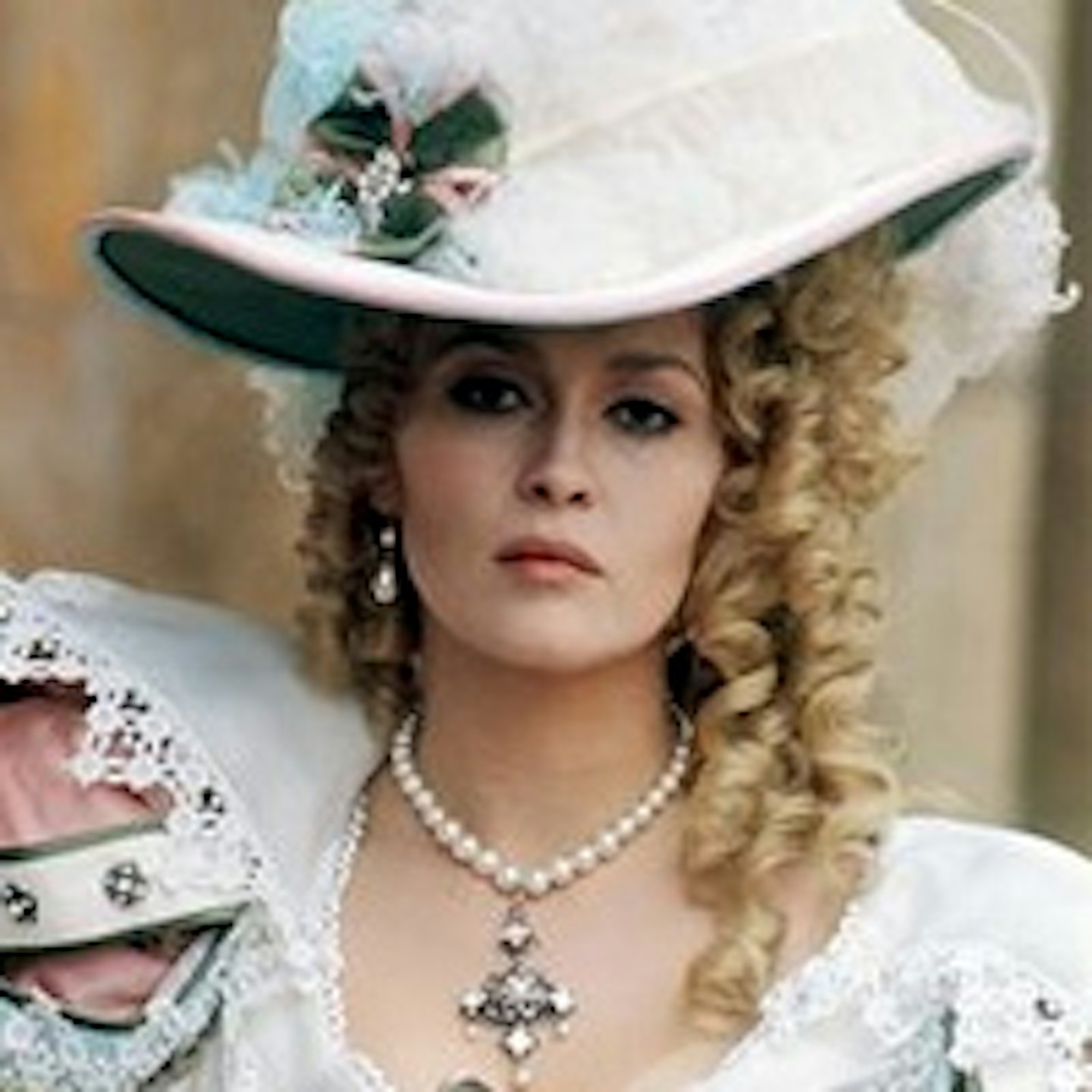
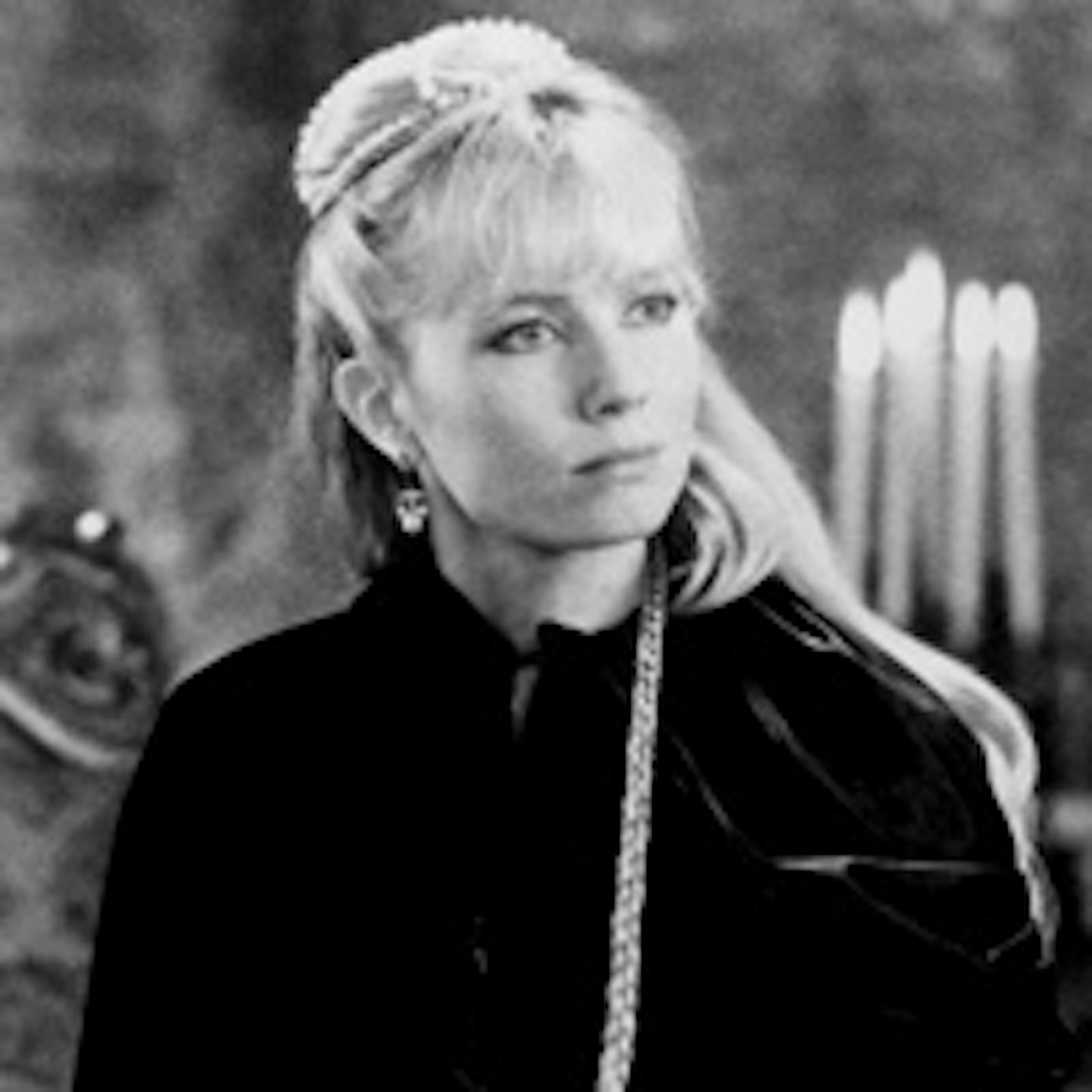
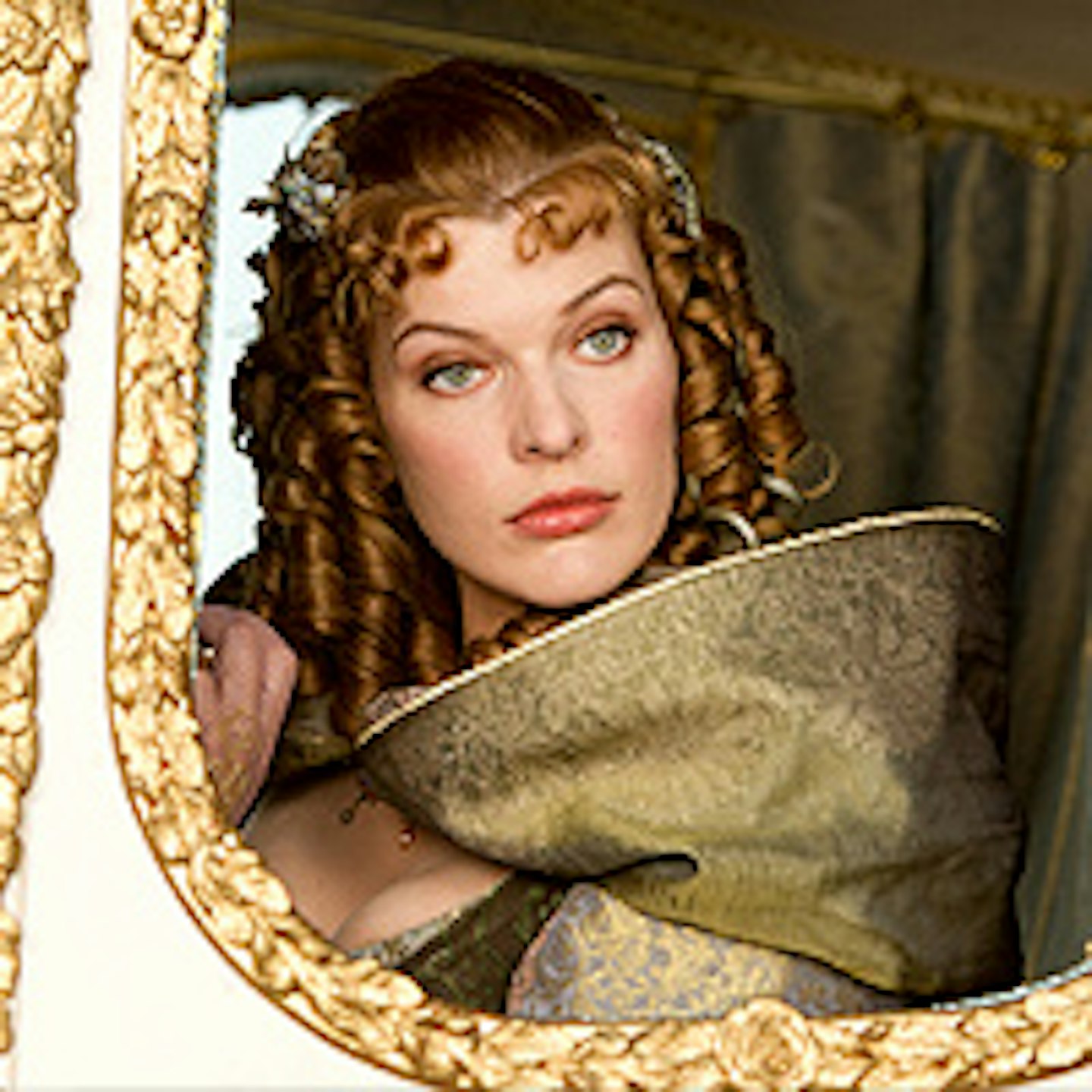
2011 Milla Jovovich Who is she?
The dastardly spy who double-crosses and schemes her way through Alexander Dumas’ plot, Milady is an enigma wrapped inside a mystery. We do learn that she has a death sentence hanging over her head which may or may not come back to bite her in the, er, neck. In several screen versions of the story, she has a past history with Athos to boot.Any basis in fact?
There’s no evidence of the real Armand d’Athos being married to a murderess, but Milady does have antecedents in several of the historical novels Dumas used as sources, notably in Gatien de Courtilz de Sandras’ Memoirs de Monsieur d’Artagnan. She had a minor role in those stories though; it was Dumas who turned her into a ruthless super-spy with a major role in proceedings, and Hollywood that married her to Athos.
Who played her best?
1973’s Faye Dunaway was memorably arch and stunningly beautiful, while 1993’s Rebecca de Mornay was impressively cool under pressure. Milla Jovovich this year, given more screentime than all the others put together, is the most athletic (as you’d expect from the Fifth Element) in a series of freshly-added stunt scenes that depart furthest from the story as written, but the winner for our money is Lana Turner, who gave one of her best ever performances as this scheming hussy.
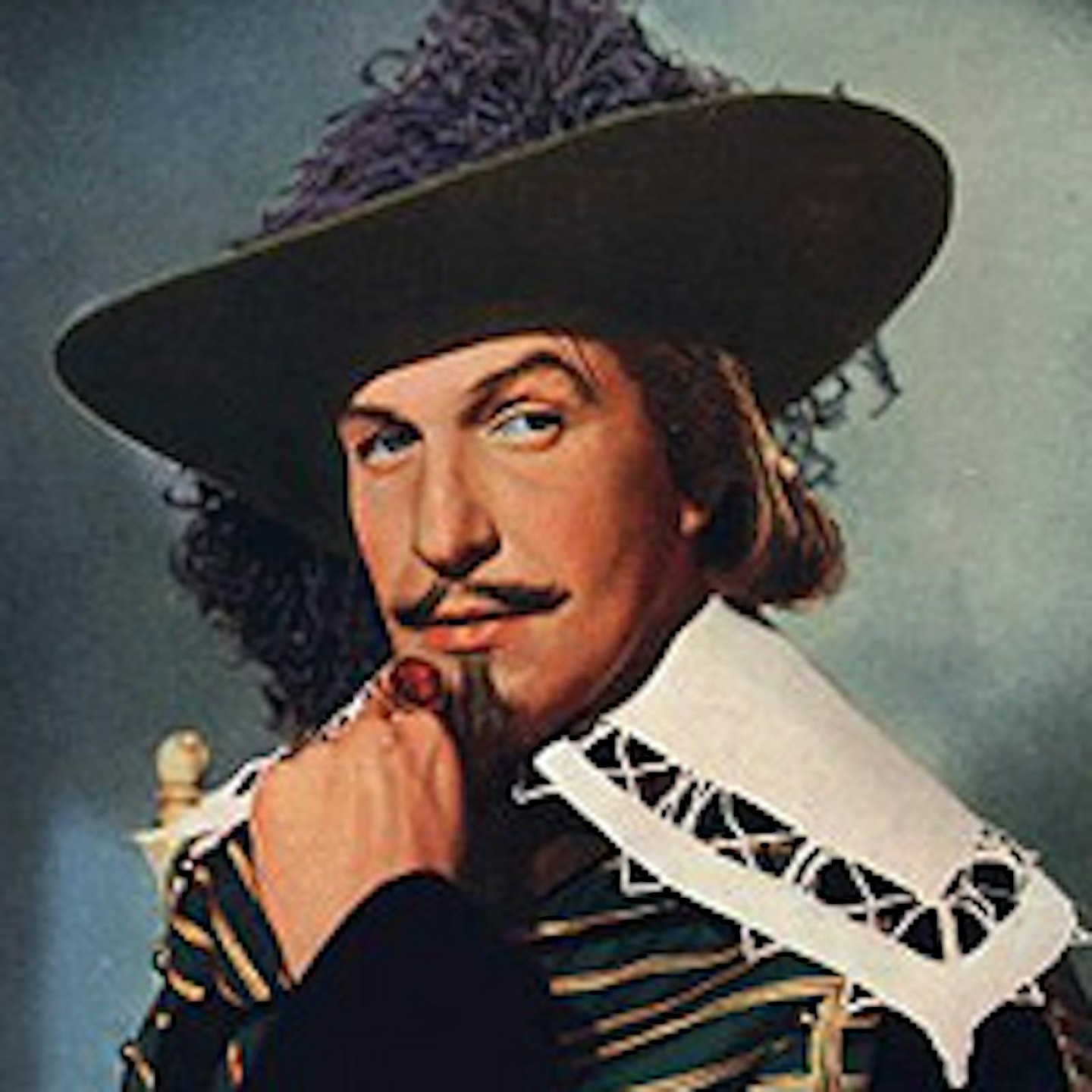
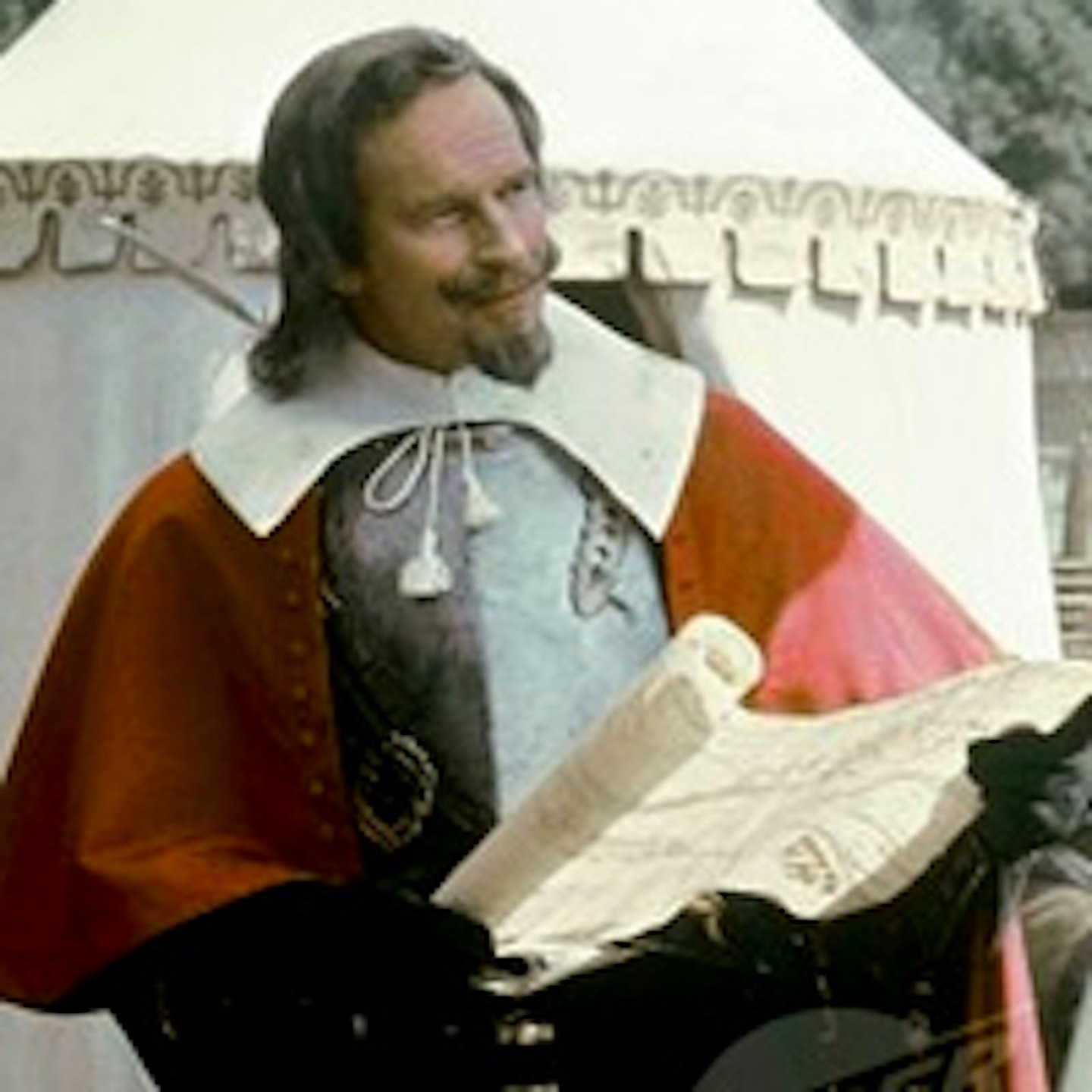
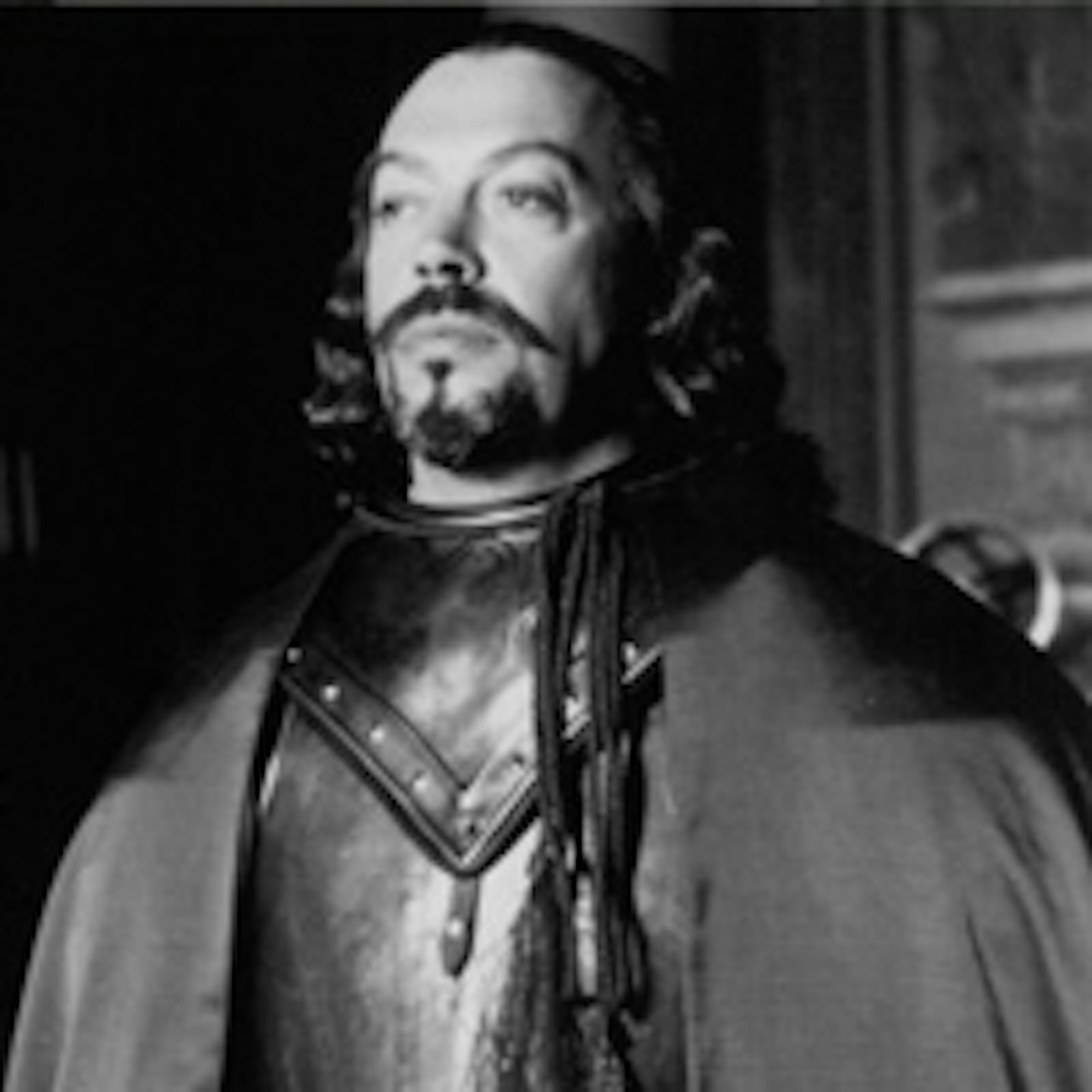
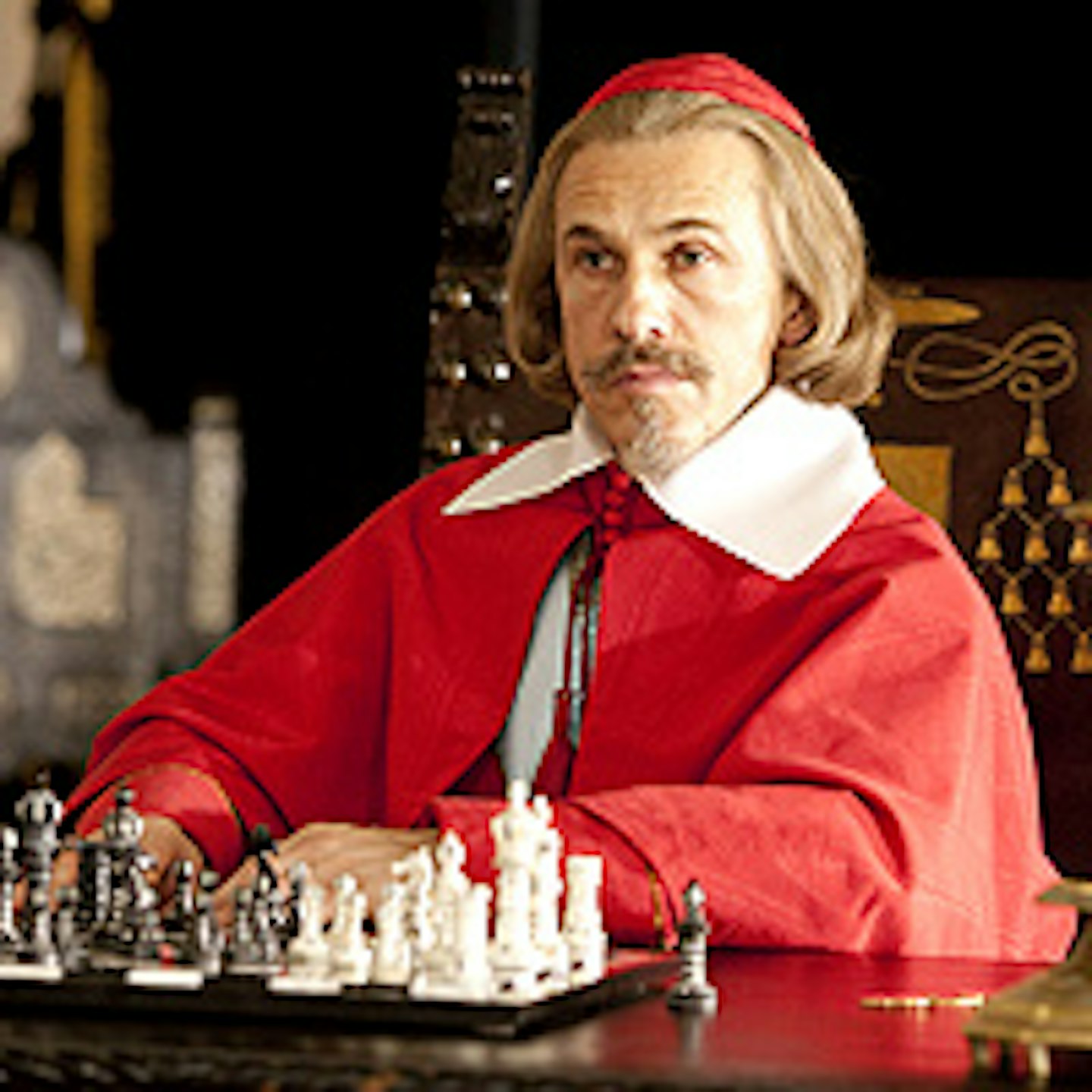
2011 Christoph Waltz Who is he?
Louis XIII’s chief minister becomes, in Dumas’ hands, a schemer for power in his own right and a danger to France itself. He tries to start a war between France and England by convincing Louis that his wife, Anne of Austria, is having an affair with English royal the Duke of Buckingham – all to increase his own power.Any basis in fact?
Oh, he totes existed. The real Richelieu was also a hugely powerful statesman, virtually ruling France from 1624 until 1642 and ruthlessly bent on centralising power in the country and opposing the Hapsburg dynasties of Spain and Austria (England was less of a worry in real life). However, the books overlook the role of Louis’ formidable mother Marie de Medici, who was often a thorn in Richelieu’s side.
Who played him best?
Here’s a rogue’s gallery indeed: Vincent Price, Charlton Heston, Tim Curry and Christoph Waltz. Price was perhaps a little too young for the part in 1948 – he’d have been perfect by the mid-60s – but you could completely buy him as the power behind *any *throne. Meanwhile, Heston had the power but perhaps not the cerebral touch; Curry was the most moustache-twirling, pantomime baddie of the lot, which was a lot of fun but not quite as frightening; and Waltz got some great moments (playing chess against himself, practicising his fencing) but he lacked a big pay-off. So let’s say Price for now, and see if Waltz gets more of a chance in the probably-inevitable sequel.
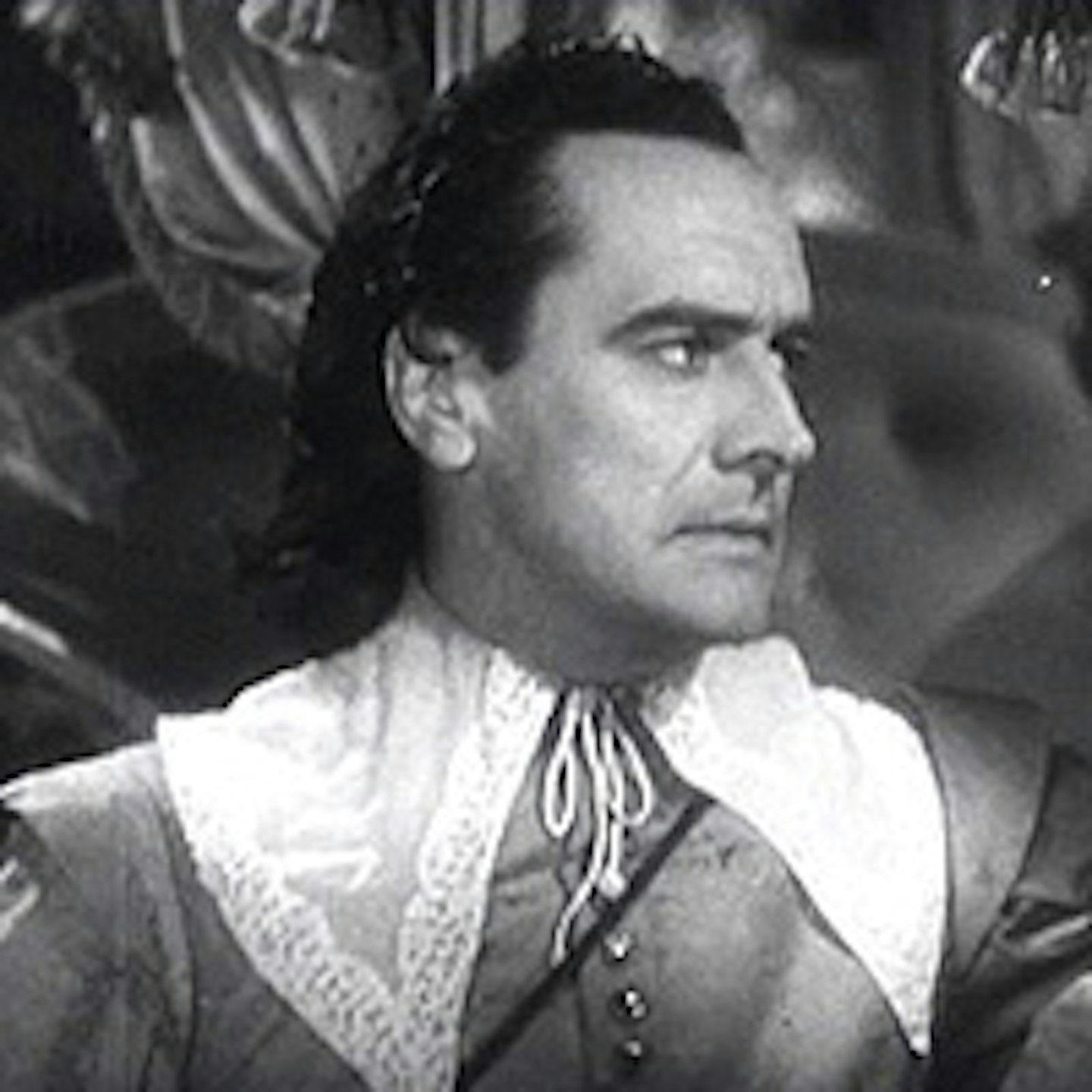
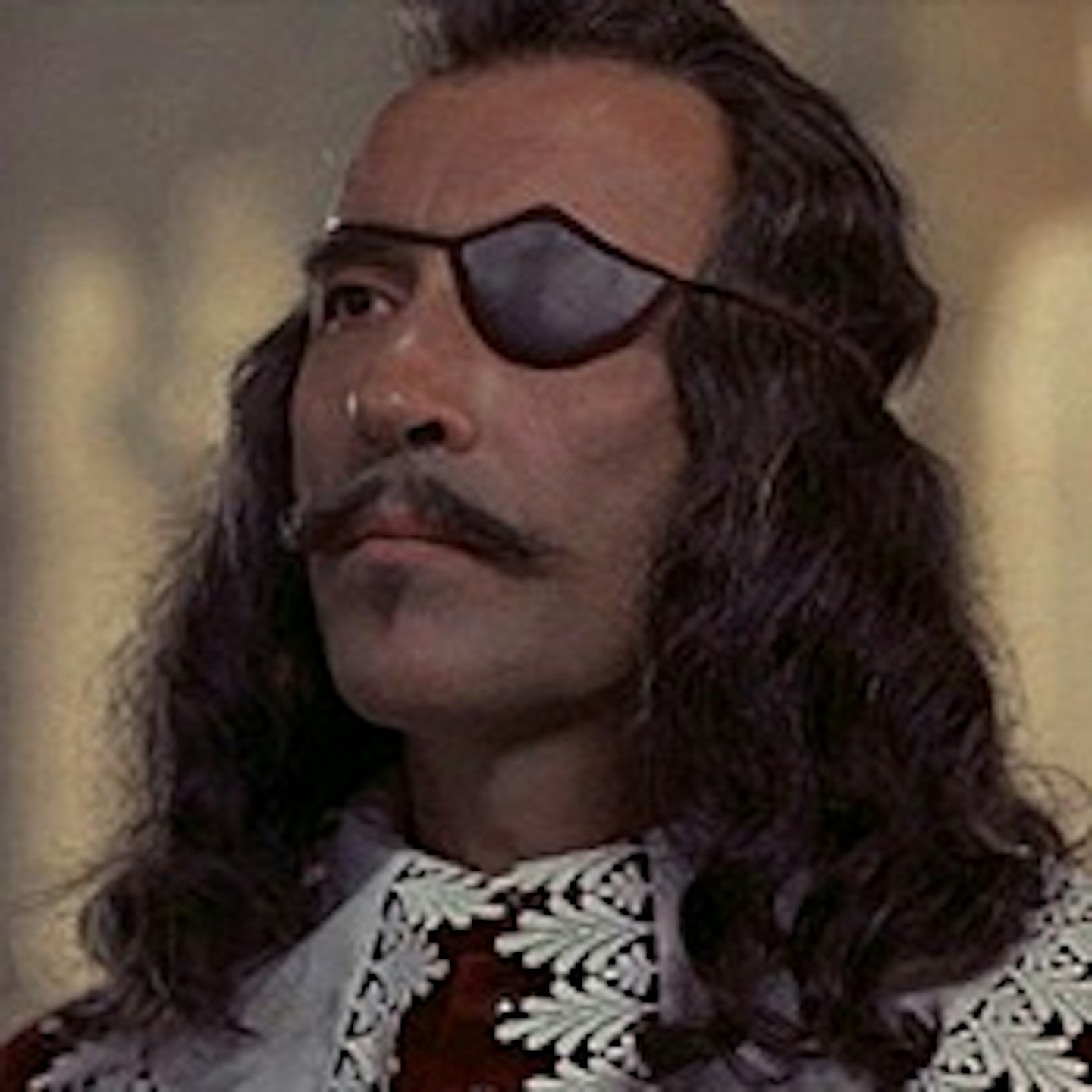
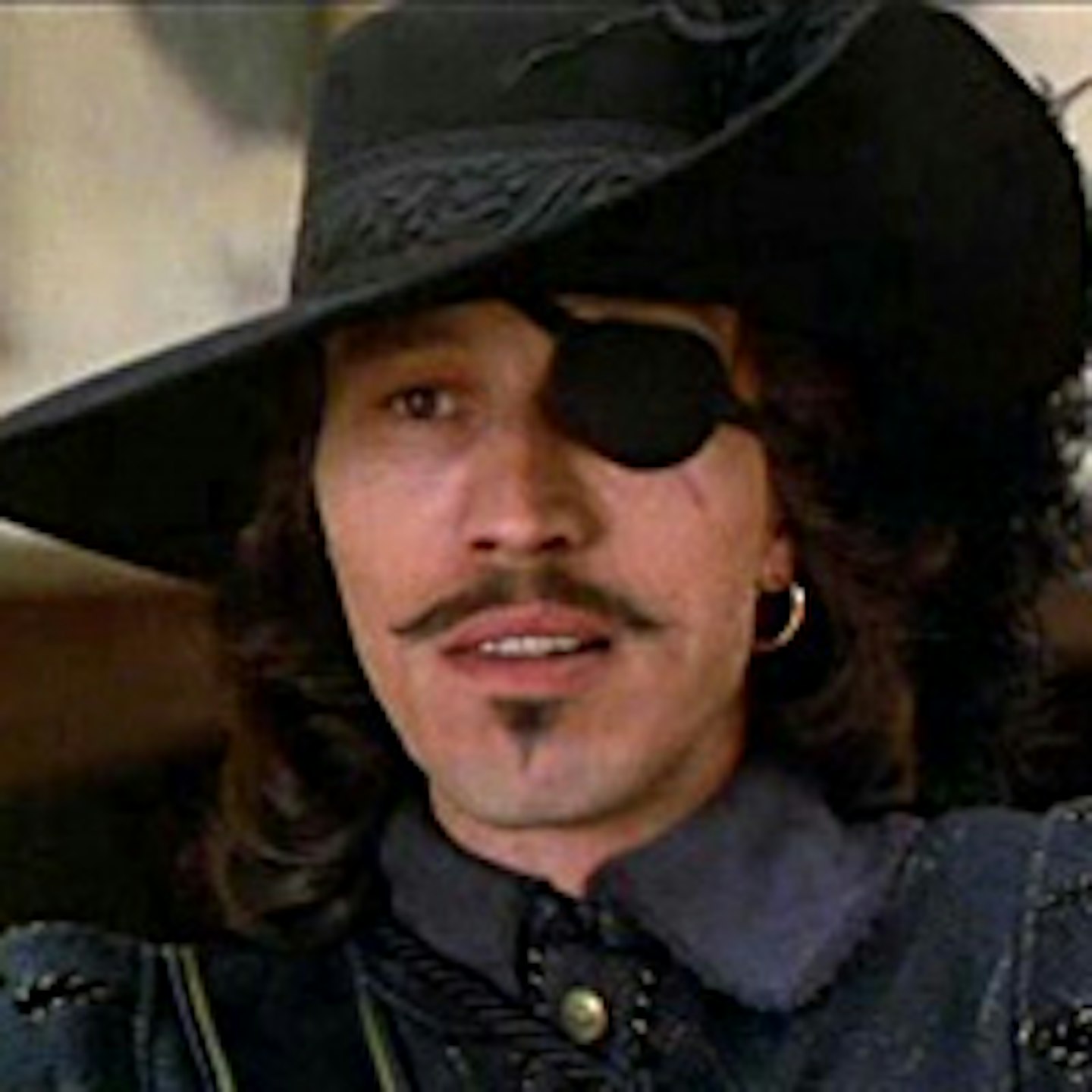

2011 Mads Mikkelsen **Who is he? **
Richelieu’s right-hand man, the Comte de Rochefort is his scarred, sinister henchman who carries out his dirty work. Generally Milady handles the undercover stuff, and Rochefort is the blunt-force instrument. A skilled swordsman, he often wears an eyepatch onscreen.Any basis in fact?
Courtlitz, the same writer whose fictionalised account of d’Artagnan’s life provided a base for Dumas’ novel, also wrote a memoir about a Comte de Rochefort, but Dumas took that and combined it with a minor character in the d’Artagnan memoir, Rosnay, to make the book’s character. It’s worth noting that, in the book, Rochefort is not such a bad sort, and becomes friends with d’Artagnan after surviving three duels with him (all of which d’Artagnan wins).
Who played him best?
1948’s Ian Keith played the role twice – he also partook in 1935 – and he certainly knew how to buckle a swash. Michael Wincott, in 1993, was the most sinister looking of the bunch and wore that eyepatch with enormous elan, while Mads Mikkelsen gives good utter bastard this year. But there can only be one winner here, and it was always going to be Christopher Lee in 1973 (and its sequels). He’s the tallest of the bunch, he’s freakin’ terrifying (he’s freakin’ Dracula) and he knows his way around a rapier.
